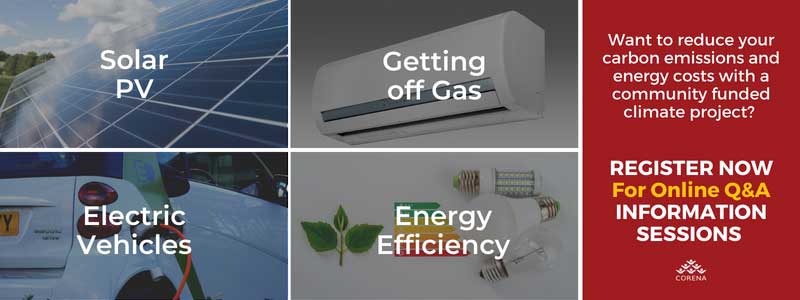Organisations and individuals have a role to play in reducing emissions and tackling the climate crisis. But that doesn’t mean it has to be difficult. There are some relatively easy ways to green your workplace, as well as help reduce your emissions and become more environmentally friendly. Best of all – you’ll become more energy efficient in the process!
You can play your part by starting small, taking small actions that over time can lead to significant reductions. You can not only help the planet but also utilise your organisation’s resources far more effectively providing a far healthier and happier environment for you and your staff to work in.
Although some of these tips may have an up front cost they are usually soon paid back by ongoing savings in energy costs. CORENA works with a wide range of not for profits, providing technical advice and interest-free loans to install solar panels and appliances to green your workplace and reduce costs. Learn more about how you can take action below.

1. Install Solar Panels
Probably the best thing you can do to green your workplace is to install solar panels, reducing the demand for fossil fuels such as coal and gas. They are very efficient producers of power and with advancements in technology, are expected to improve even more so in the future.

Although there is an upfront cost in installing a solar panel system, the overall savings over time can make the initial investment pay for itself many times over. Once installed and paid for, solar panels keep producing energy that is virtually free. Not for profits that operate during the day are in a particularly good position to save money as they are able to self-consume their solar power. CORENA’s solar panel projects typically pay for themselves in 3-6 years and deliver excellent financial returns over their lifetime.
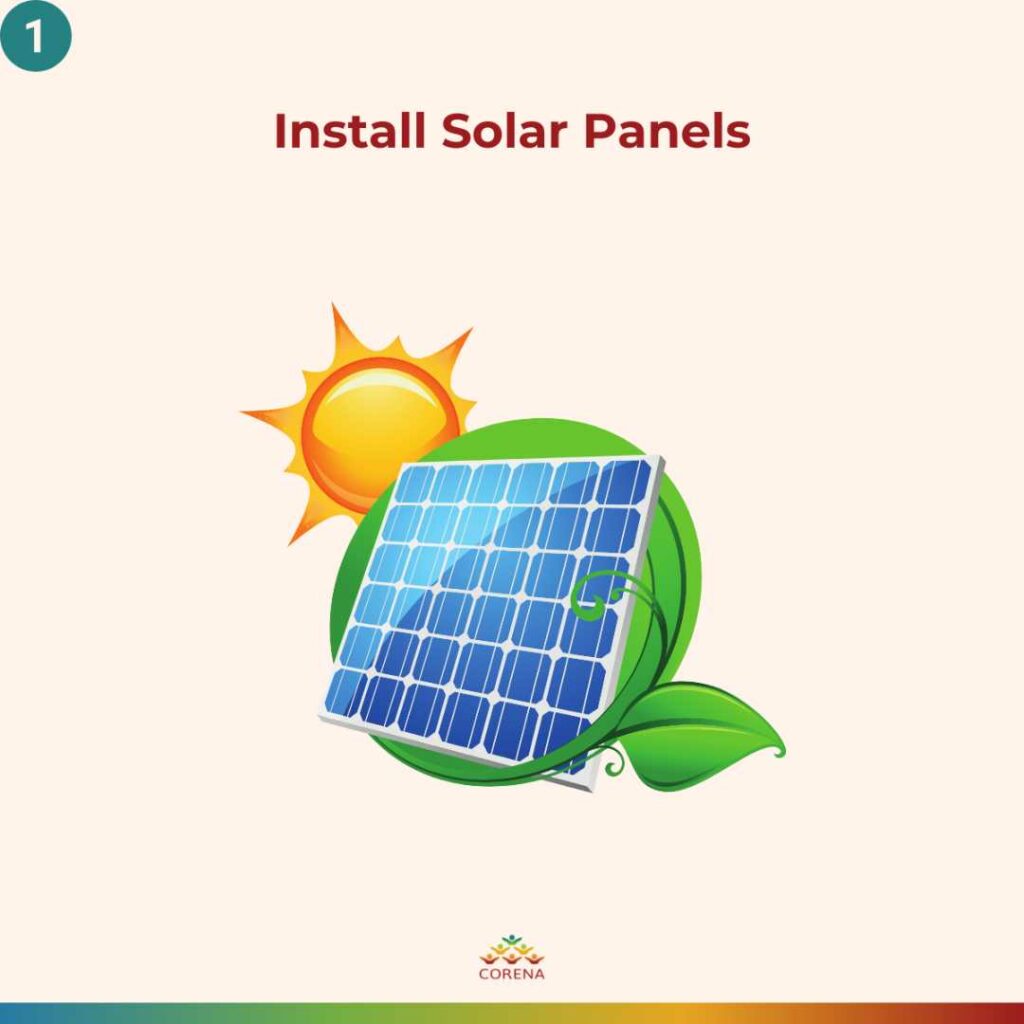
Learn more in Solar Panels – A Guide For Non Profits
2. Reduce Energy Use For Heating and Cooling
Heating, Ventilation and Air conditioning (HVAC) in an office usually makes up the largest proportion of energy use , so if you can maximise natural ways to either cool or warm your workplace, the power savings can be significant.
Insulation is critical to keeping your office cool in summer and warm in winter. Have your current insulation checked by a professional to see if it is functioning effectively. They may use an infrared camera to see where heat and cold is escaping.
Windows are also a primary source of heat transfer. In summer the best way to prevent heat gain is to shade the outside of the window and cover the windows with heavy curtains or blinds.
Timers – this is a very simple action but can save you a lot! Check your HVAC timers are running during the hours you are at the office. If they are set an hour or two early or late, come on during public holidays or unused areas are being turned on unnecessarily it can be costing you a lot extra in electricity.
Audit your HVAC system – Ensure your HVAC is working efficiently. If your system is very old or you are getting a lot of complaints about areas being too cold or hot it is probably costing you a lot in electricity and maintenance and it may be worthwhile replacing it. The best way to know is to have a Level 3 energy audit of your HVAC system.
Get off Gas heating – if you are using gas for heating, efficient split systems with solar panels may be a cheaper option and reduce your greenhouse gas emissions. Get a level 3 energy audit to find out if you could save on your gas costs with this upgrade.
Learn more in Energy Efficiency Audit Guide for Non Profits and Top 6 Energy Consumers In The Office & Ways To Save
Check your NABERS rating – The Commercial Building Disclosure (CBD) Program requires most sellers and lessors of office space of 1000 square metres or more to have a NABERS rating. This is a way of rating the energy efficiency of commercial buildings. If you are leasing or buying a building of this size try and go for the highest rating you can as it will significantly affect your energy costs. 5 or 6 stars is good.
Although these changes may seem simple, they can go a long way in reducing your organisation’s energy use and carbon footprint.
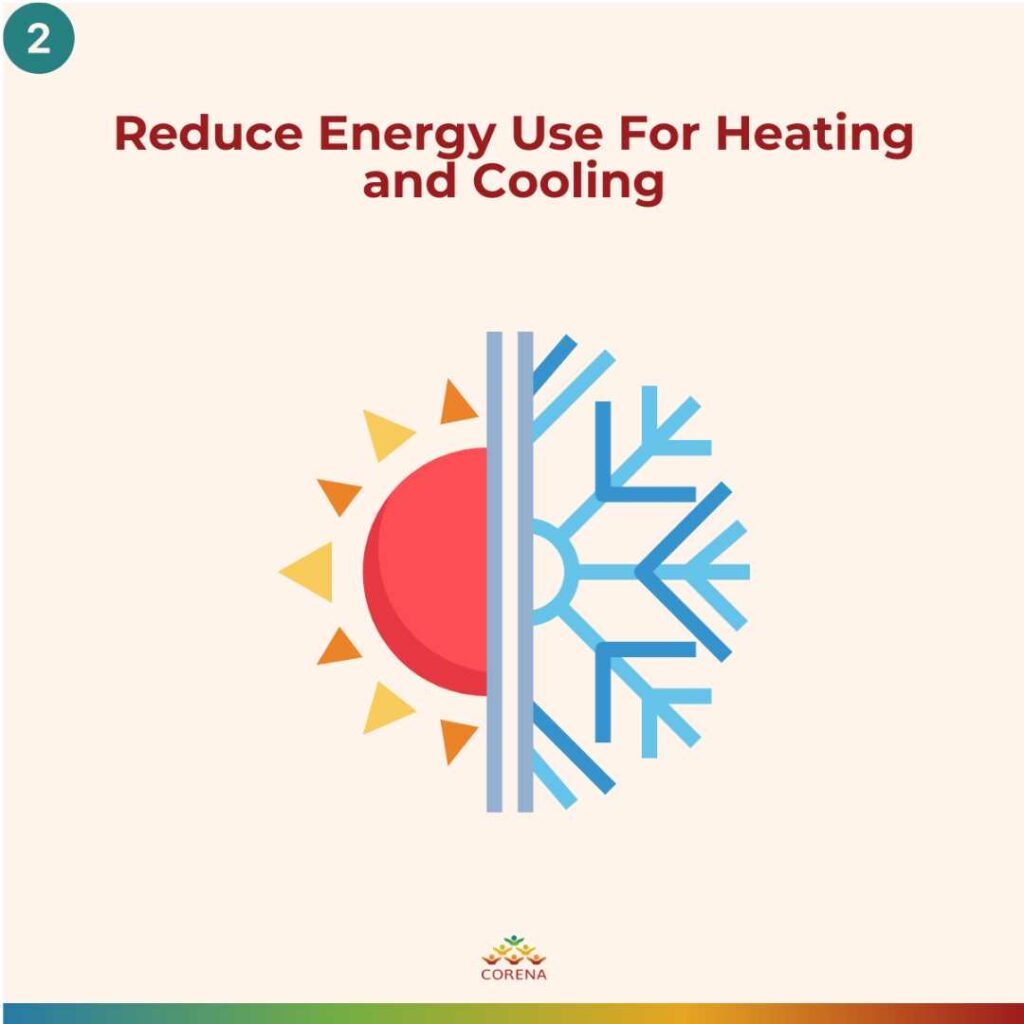
3. Electric Vehicles
With a solar energy system installed it can also be beneficial to invest in an electric vehicle fleet. You can then charge the electric vehicles at your workplace making use of the power produced by your solar panels. If you use them, electric equipment such as electric lawnmowers, whipper snippers, leaf blowers and carts can utilise your solar power and have other staff health benefits too such as producing less air pollution, vibration and noise.
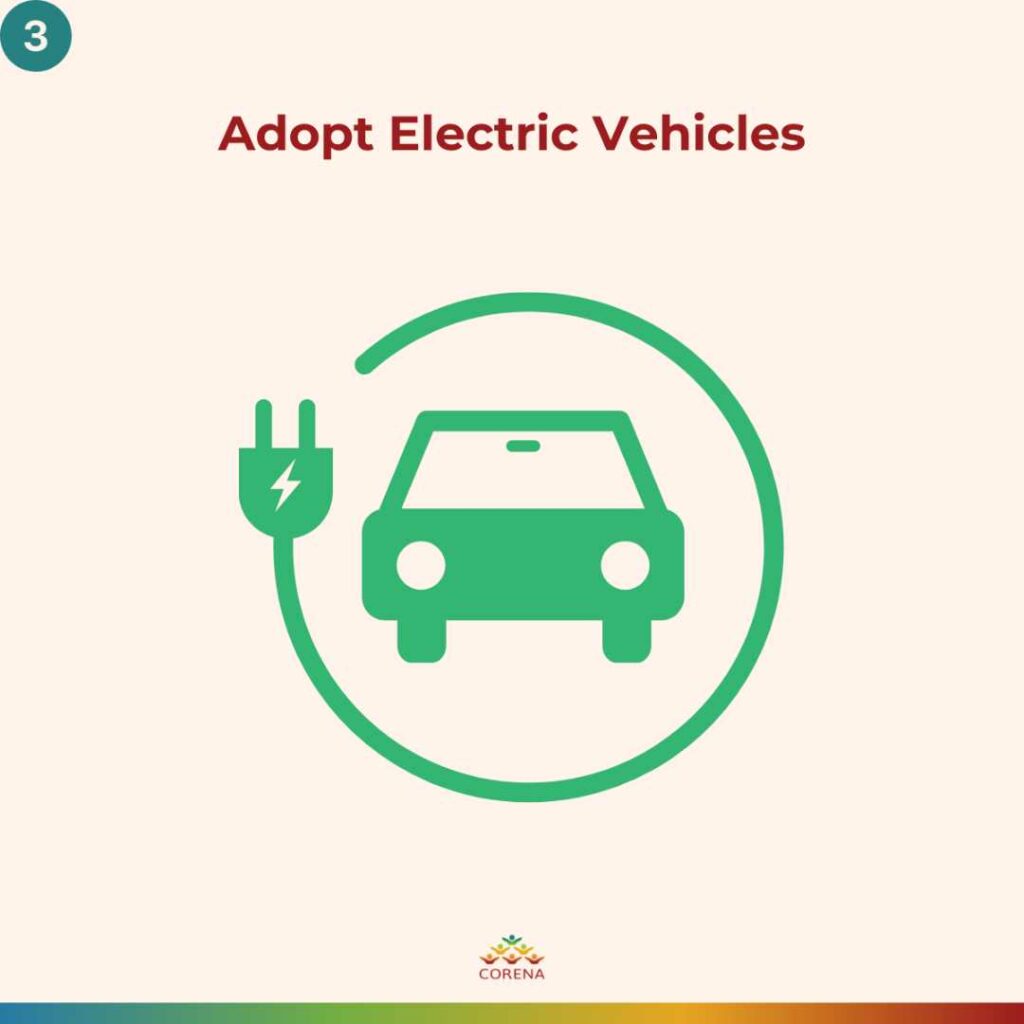
Learn more in Electric Vehicles Guide for Not For Profits
4. Use Energy Efficient Lighting
Lighting costs make up a big portion of the average office’s energy bill. Incandescent or halogen bulbs are far more energy intensive than compact fluorescent (CFL) or light-emitting diode (LED) lighting. These lighting technologies only use a small fraction of the energy required and can see a dramatic drop in your lighting energy use. Again an energy audit is the best way to work out what type of lights you have at the moment and how much you would save by upgrading them.
Learn more in Energy Efficiency Audit Guide for Non Profits
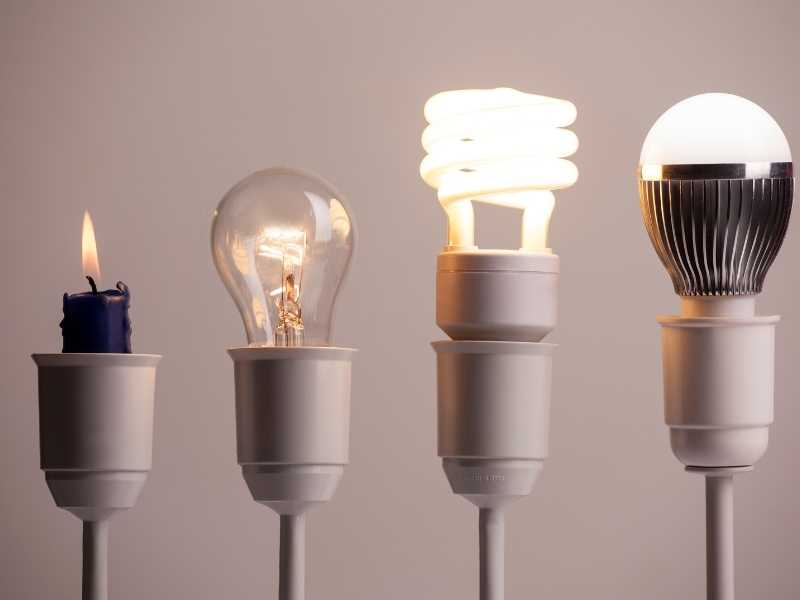
In most cases artificial lighting, just like cooling or heating, can be minimised by making better use of natural sources.
Encourage staff to switch off lights as much as possible, pull back curtains and blinds, and only use the lights when necessary. Setting a good example and reinforcing these actions can soon make them second nature in your workplace.
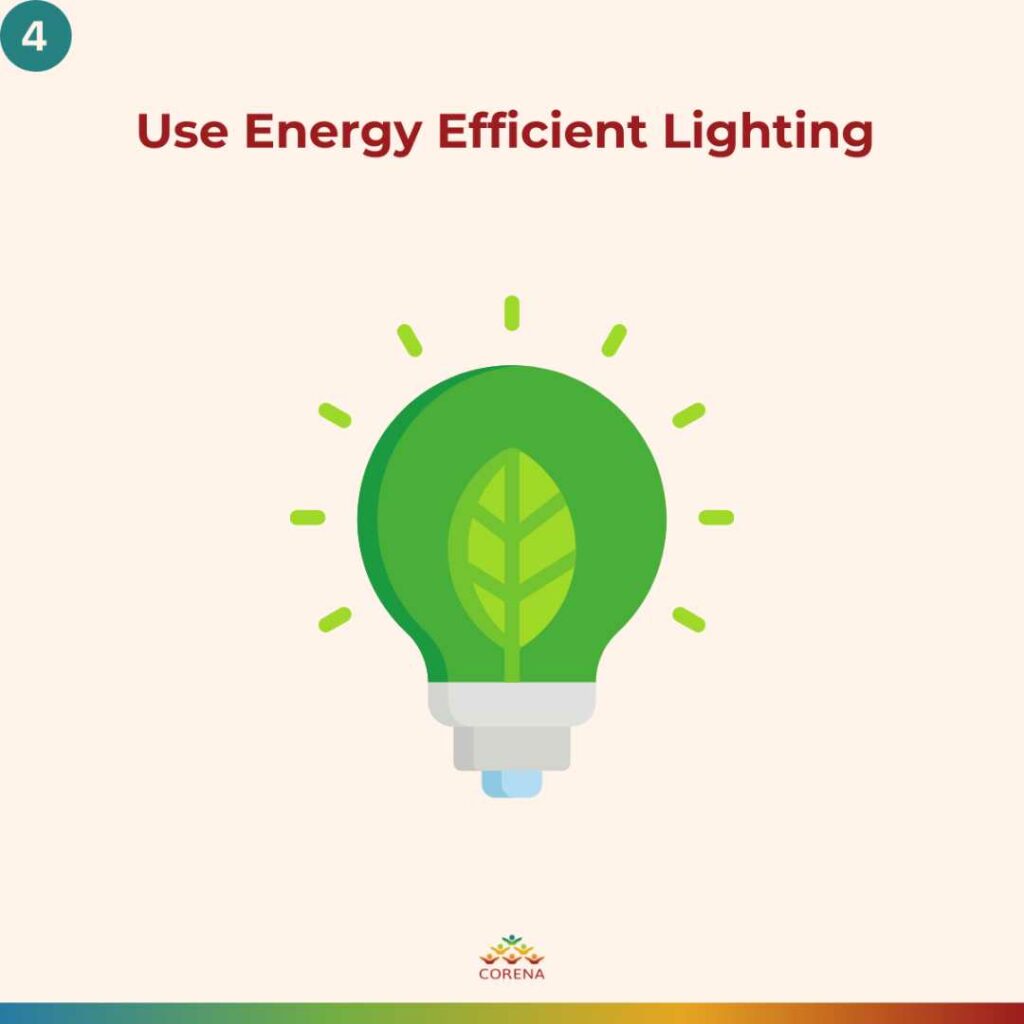
5. IT
Generally, desktop computers are far less efficient in their use of energy than laptops. Using laptops, when feasible, can have a significant impact on energy usage each day.

In addition, there are other changes you can make in the realm of technology.
- Monitors – Big ones use far more power than smaller ones; get smaller monitors when possible.
- Printers – They use a lot of power. Although lots of printers may be convenient, it could be time to have one printer for more people and to use printers that consume less energy.
- Although obvious, there are real savings to be made when computers are switched off. If they’re not in use, they shouldn’t be in sleep mode – switch them off!
Another area to look at is your data room energy efficiency.
While looking at the monitoring data of a non profit we found they had quite a lot of overnight energy use that unfortunately couldn’t be offset by their solar panels.
It turned out this was most likely the air con running 24/7 in their data room. IT equipment is sensitive and needs to be kept in the right range of temperature. If your air con in your server or data room is old and inefficient it can be well worth upgrading it (which your IT people will also thank you for!).
Also if the air con temp is set unnecessarily low and your IT staff are happy to increase it a little based on the equipment manufacturers specifications that is an action that can save on your power bills for free. Every degree higher you set your thermostat in summer can save between 5 and 10% on your energy use (this goes for your home and office air con too!).
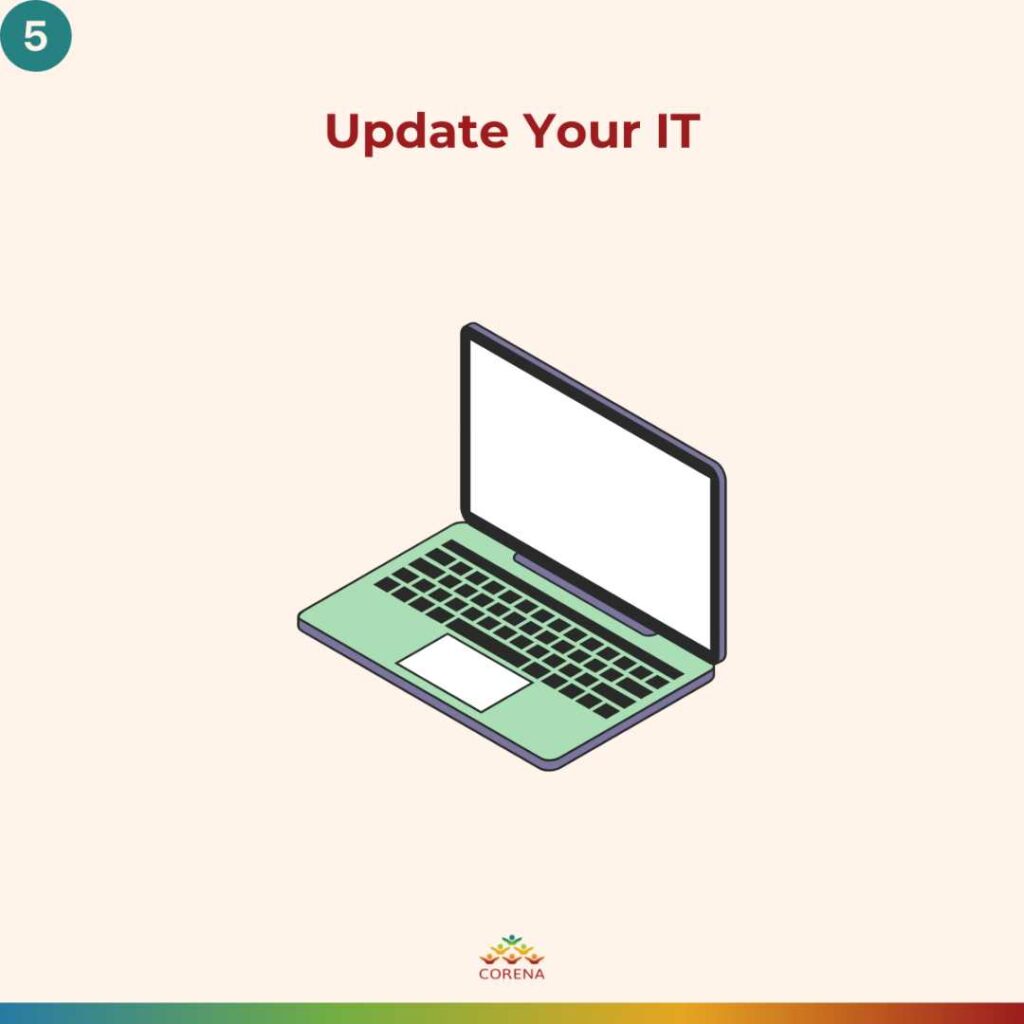
6. Energy Monitoring
Energy monitoring can take many forms and can help you better understand your organisation’s usage. By measuring your energy use at regular intervals throughout the day, you can find unusual energy use patterns which help you work out if you have malfunctioning equipment or equipment is being left on unnecessarily. You can also use monitoring to shift your energy consumption to match your solar production which in turn helps you maximise the cost savings from your solar panel investment.
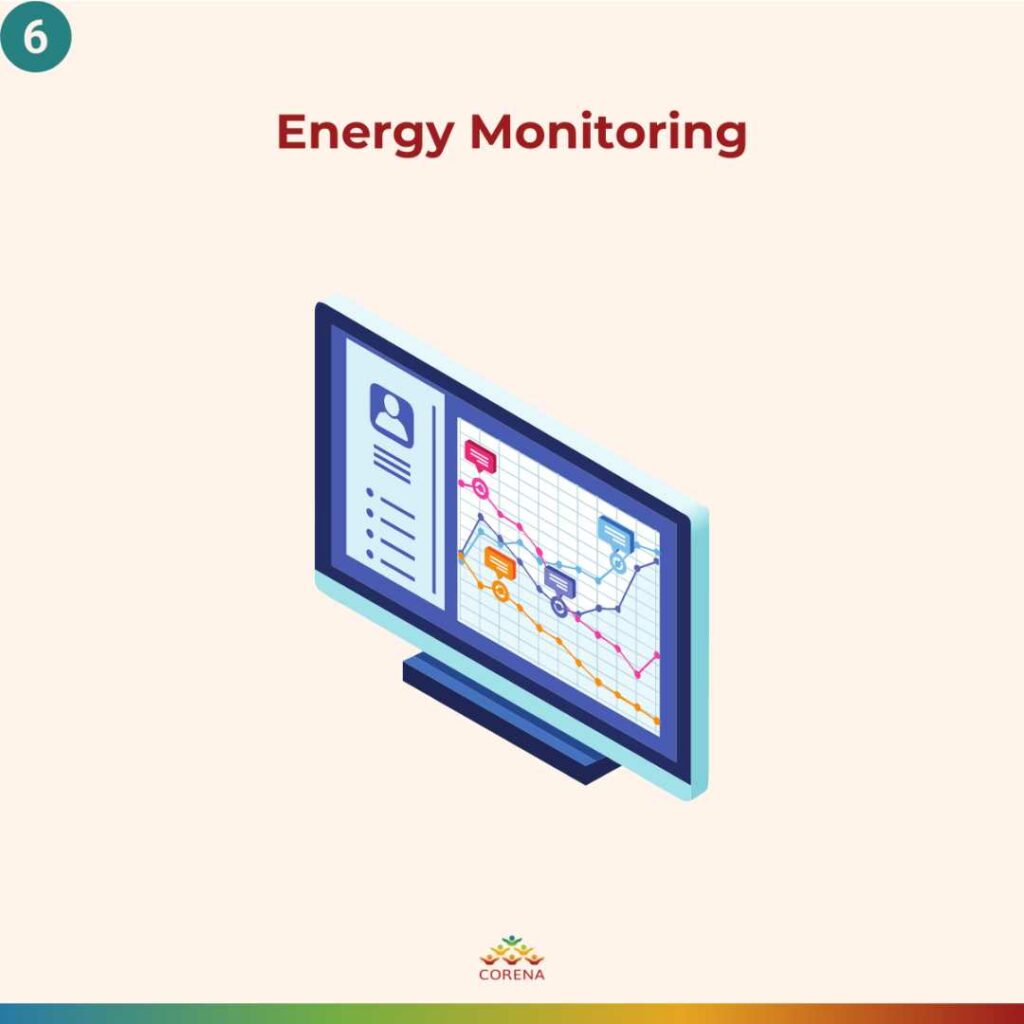
Learn more in How Monitoring Can Reduce Carbon Emissions & Energy Costs For Non Profits
7. Electrify your kitchens
An induction stovetop uses magnetic fields for cooking instead of a flame or electric element. If your organisation runs a commercial kitchen, you may like to consider induction cooktops as a way of reducing your carbon emissions as well as their health and safety benefits. You can also switch gas ovens to electric to further utilise your solar power.
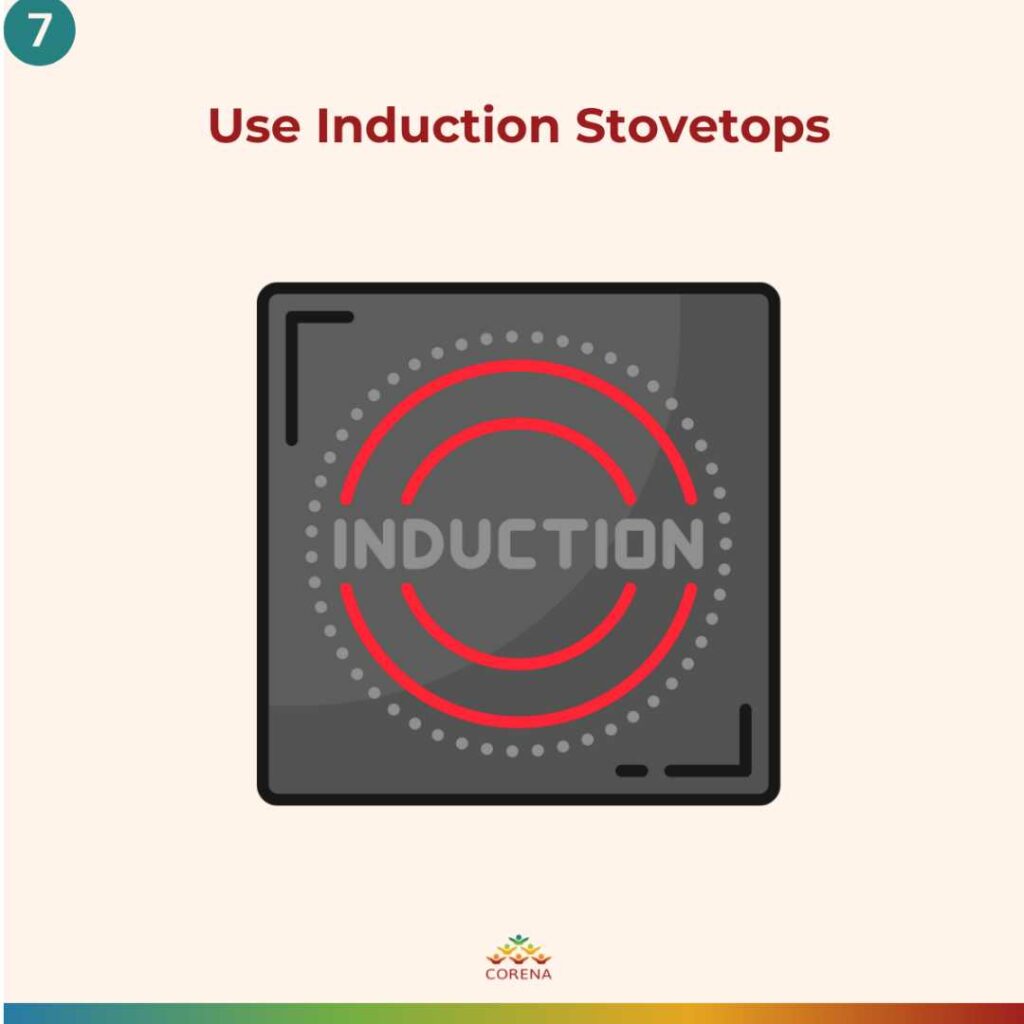
Learn more in Induction Stovetops Guide For Non Profits
Interest Free Loans For Energy Efficiency, Solar Panels & Electric Vehicles
Here at CORENA we receive, record, and transparently report donations from the community. We use that money to give interest-free loans to fund projects that benefit the planet including:
- Solar panels
- Energy efficiency
- Replacement of fossil gas appliances with electric alternatives
- Electric vehicles (to cover the difference in purchase cost)
- A combination of the above
Learn more in 5 Ways CORENA Helps Non Profits Reduce Carbon Emissions & Energy Costs
You don’t pay any interest on your CORENA loan, and the quarterly loan repayments are set to be a little less than the savings on your operating costs averaged over a year.
This means you are never out of pocket and after your loan is fully repaid you reap the full financial benefit of having lower operating costs.
To learn more, check out how to apply for a loan, or register for one of our upcoming Online Q&A Information Sessions.
